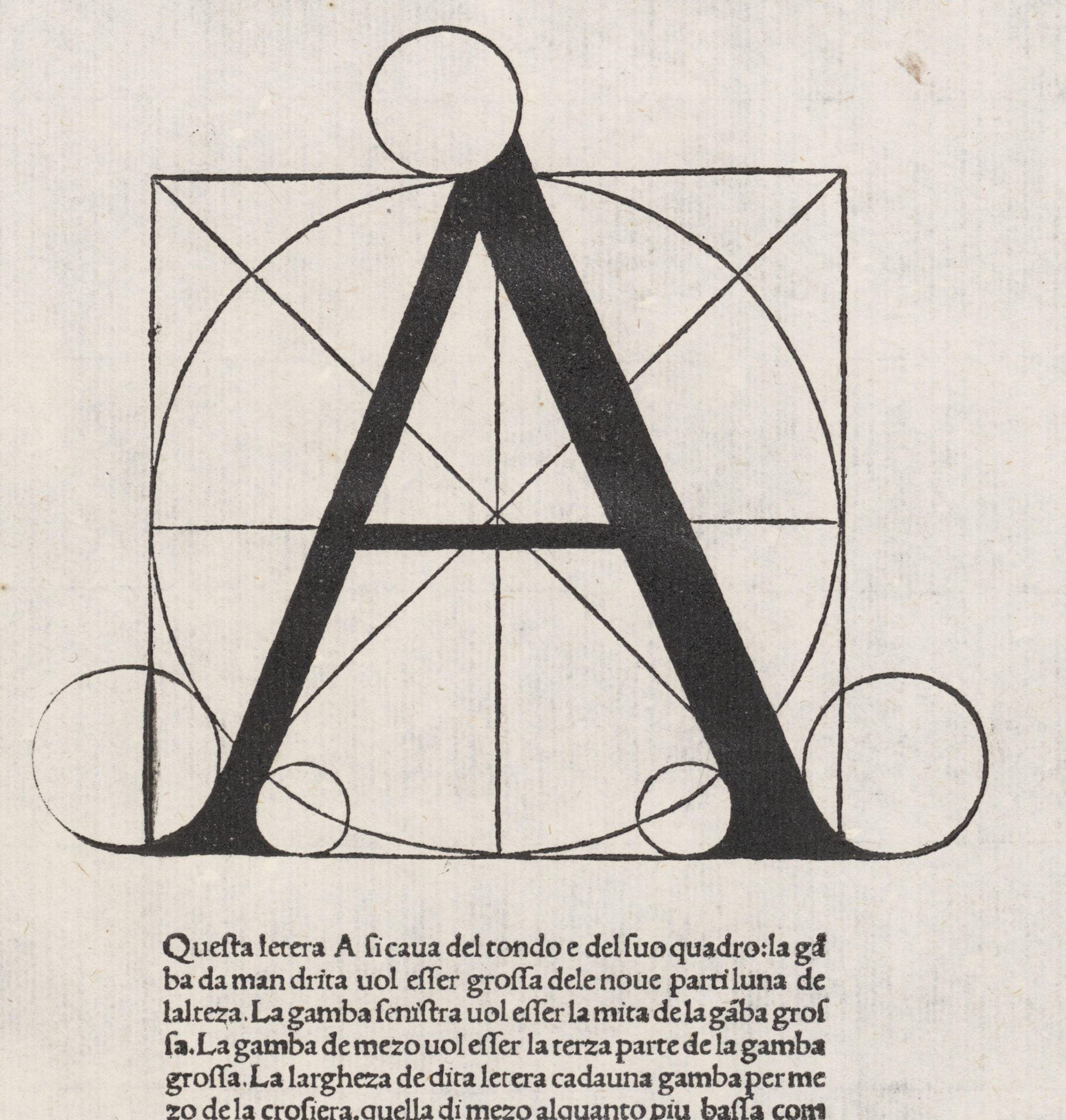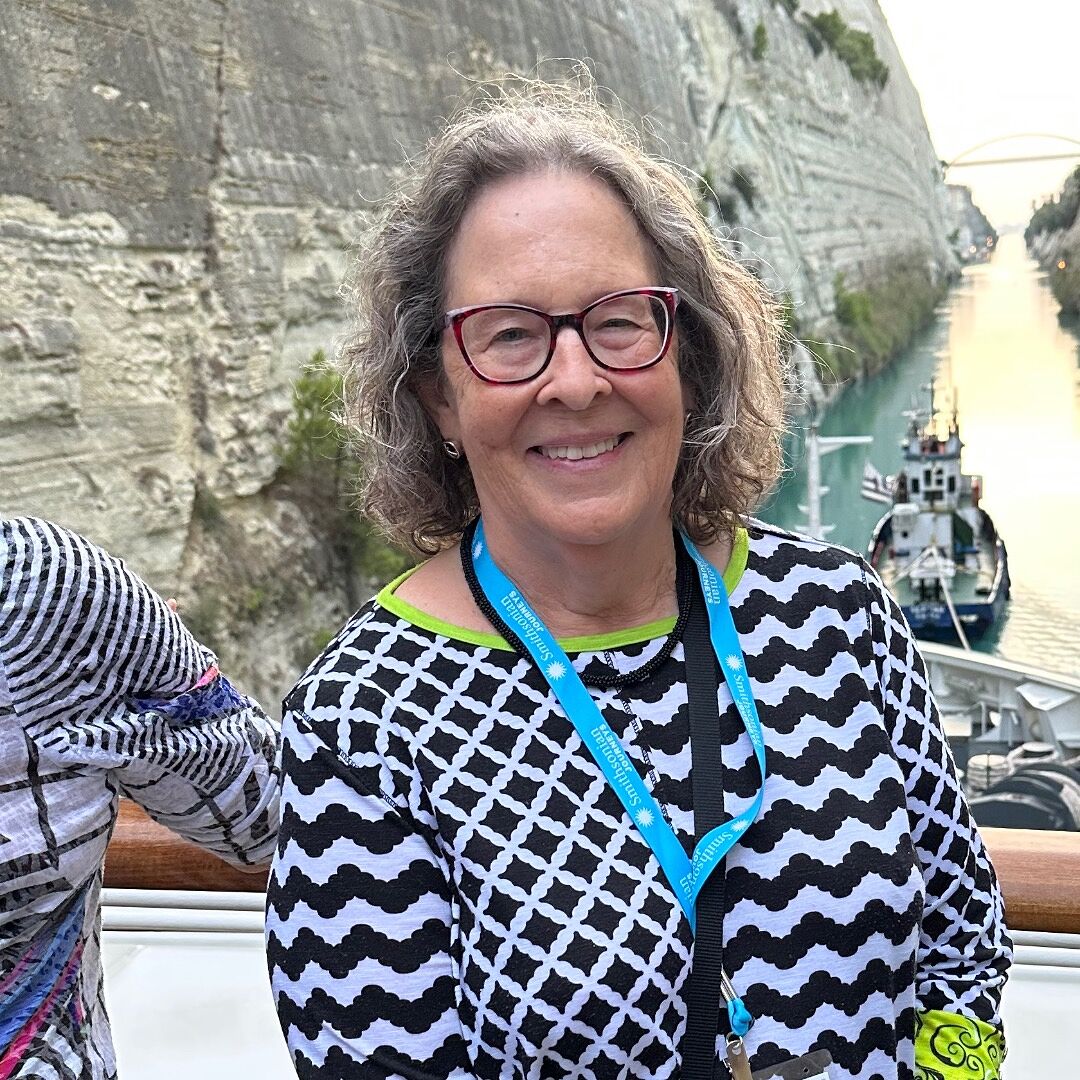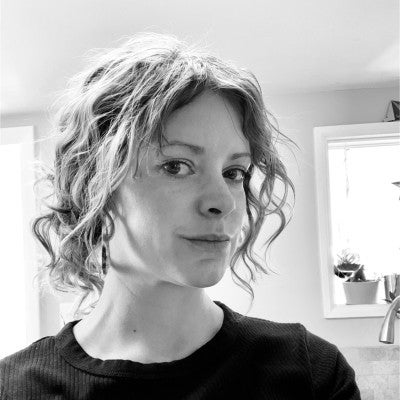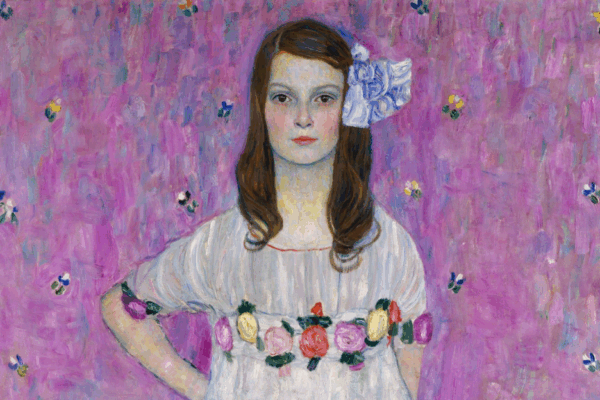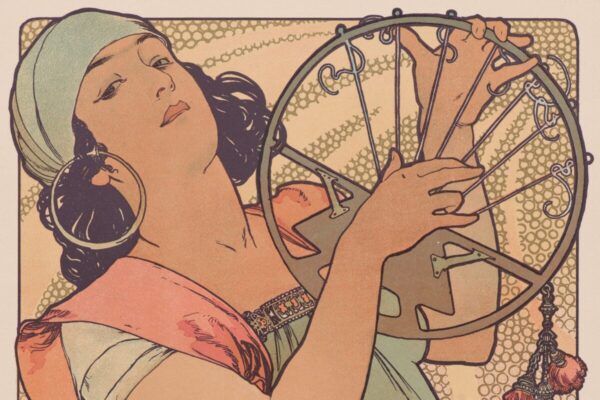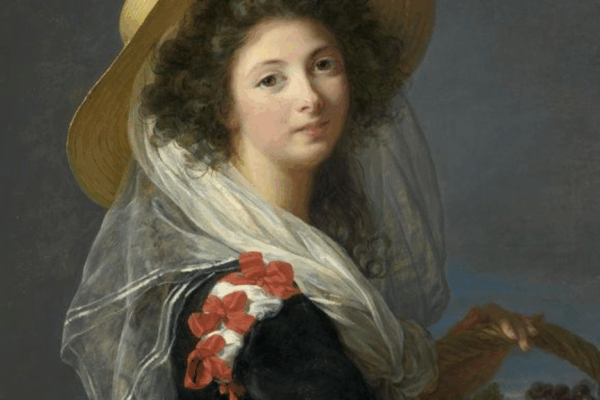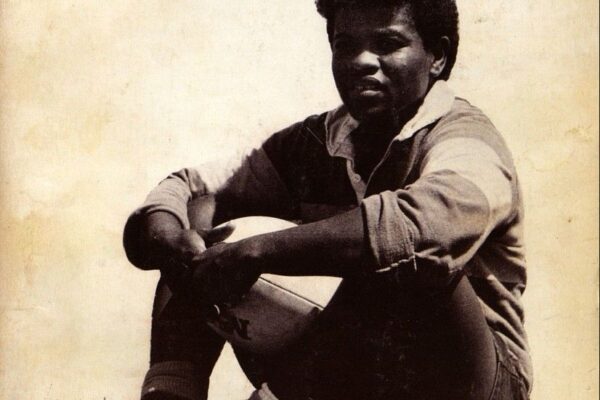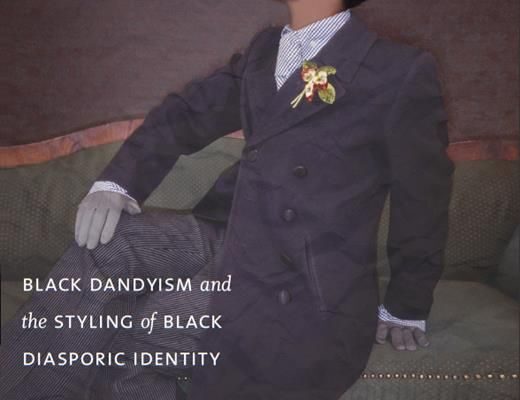An expansive collection of visual materials to inspire research
Artstor on JSTOR lets you access millions of curated, cross-disciplinary, rights-cleared images and multimedia from around the world–all discoverable alongside JSTOR’s journals, books, and other primary sources.
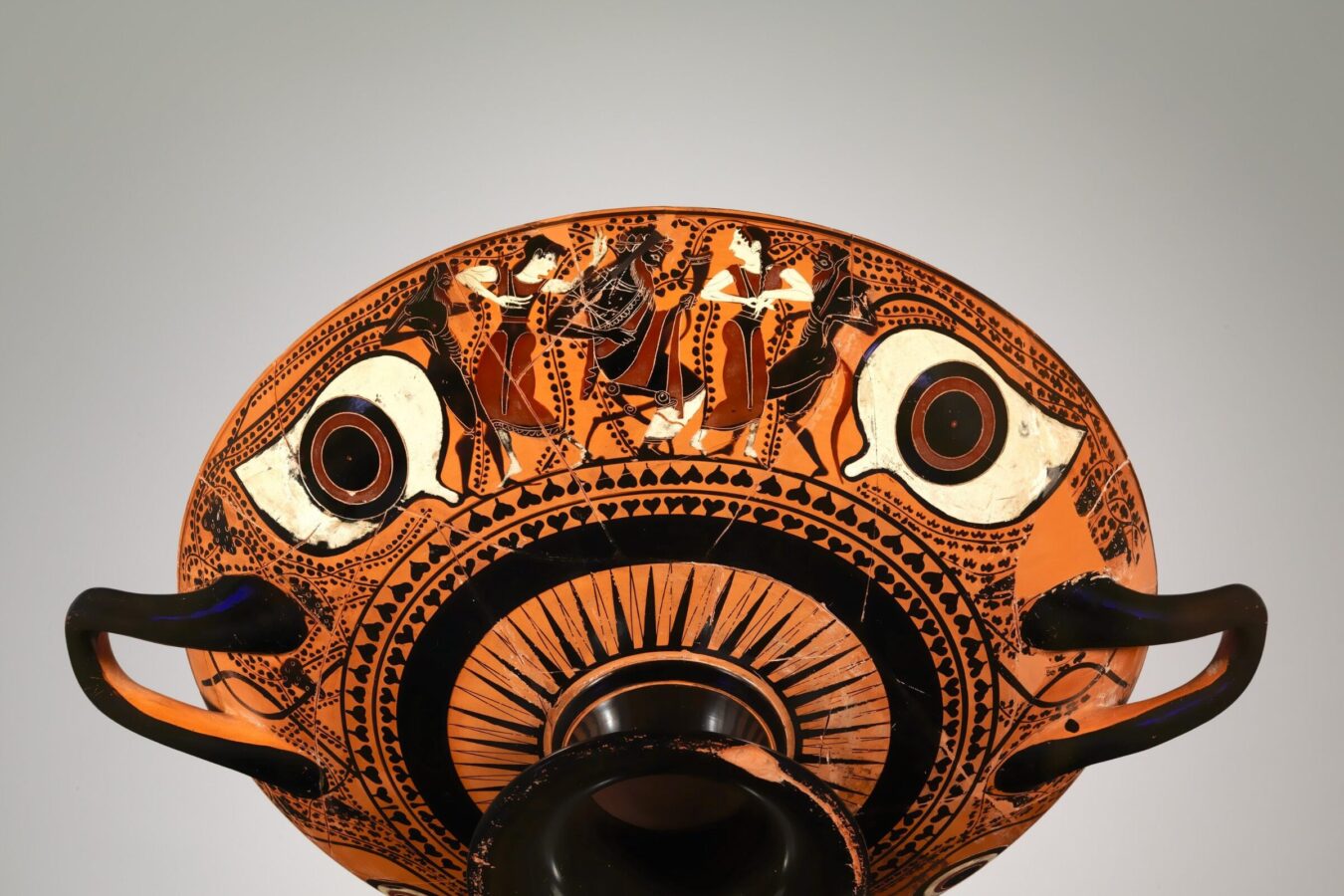
2M+
Rights-cleared images and multimedia*
300+
Curated collections across disciplines
825K+
Open access items from museums, libraries, and archives
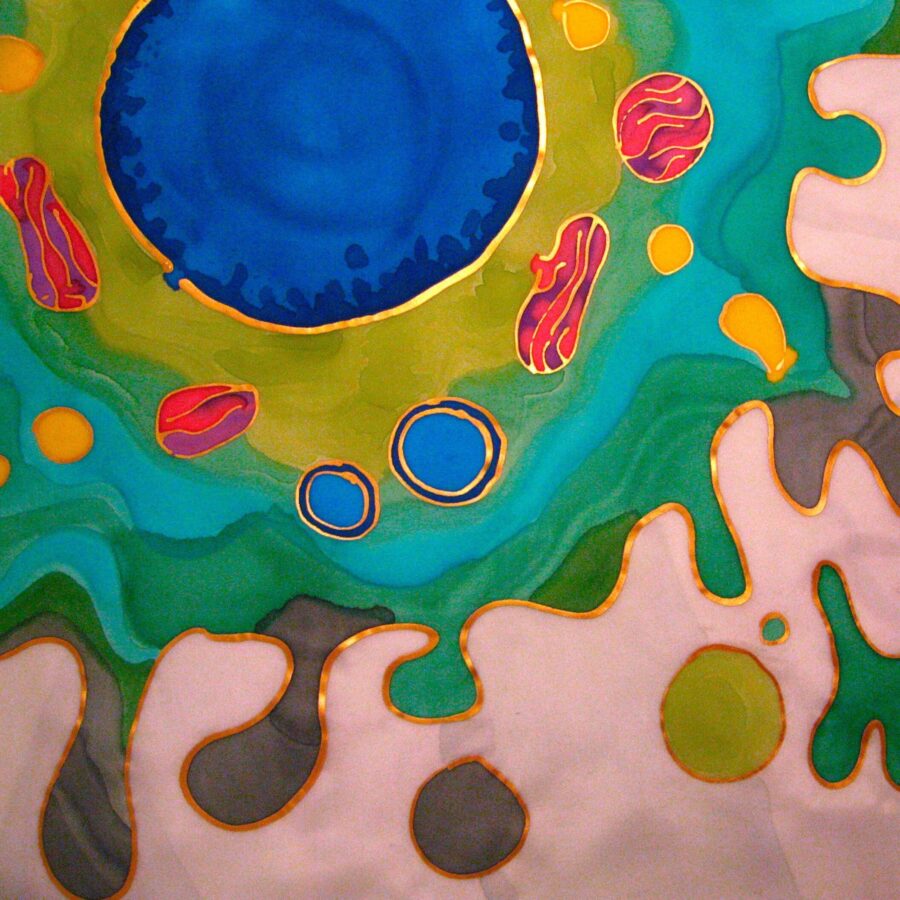
Artstor on JSTOR offers seamless workflows to help:
- Students build critical visual literacy skills
- Researchers engage with diverse avenues of content
- Educators boost the depth and quality of lesson plans
- Users find connections between images and extensive scholarly content
Trustworthy, rights-cleared, and scholarly
Enhance learning
All content is free to use in classrooms, handouts, presentations, student assignments, and other noncommercial scholarly activities.

Reference authoritative metadata
Artstor media contains contributor-supplied metadata to provide depth and accuracy beyond what’s offered by commercial search engines.

Make innovative connections
Each collection is carefully curated from reliable sources, and integrated alongside JSTOR’s full-text and media content to provide meaningful historical, critical, and cultural context.

Wide-ranging, interdisciplinary, and expansive
Artstor on JSTOR supports and enriches study across disciplines, time periods and global contexts. Highlights include:
- Magnum Photos: Historical and current events from the acclaimed, international photographic cooperative
- Réunion des Musées Nationaux (RMN): Major works from French national museums
- Erich Lessing Culture and Fine Art Archives: Architecture from noted photojournalist and art photographer
Diverse, expansive, and growing
Valuable collections are continually added, and we actively evaluate new content based on community feedback, including:
Community voices
Here’s how educators are using Artstor on JSTOR to enrich their curriculum
Get started with Artstor on JSTOR
Join the thousands of institutions using JSTOR’s academic image database to power research, teaching, and visual learning. Request a personalized demo or quote today to see how Artstor on JSTOR can enhance access, streamline workflows, and inspire scholarship.
Note: Items marked with * are required.
View image credits from this page

Nikosthenes. Terracotta Kylix: Eye-Cup (Drinking Cup). ca. 530 BCE. Part of Open: The Metropolitan Museum of Art, Artstor.

Odra Noel. Apoptosis. n.d. Wellcome Collection, Artstor.
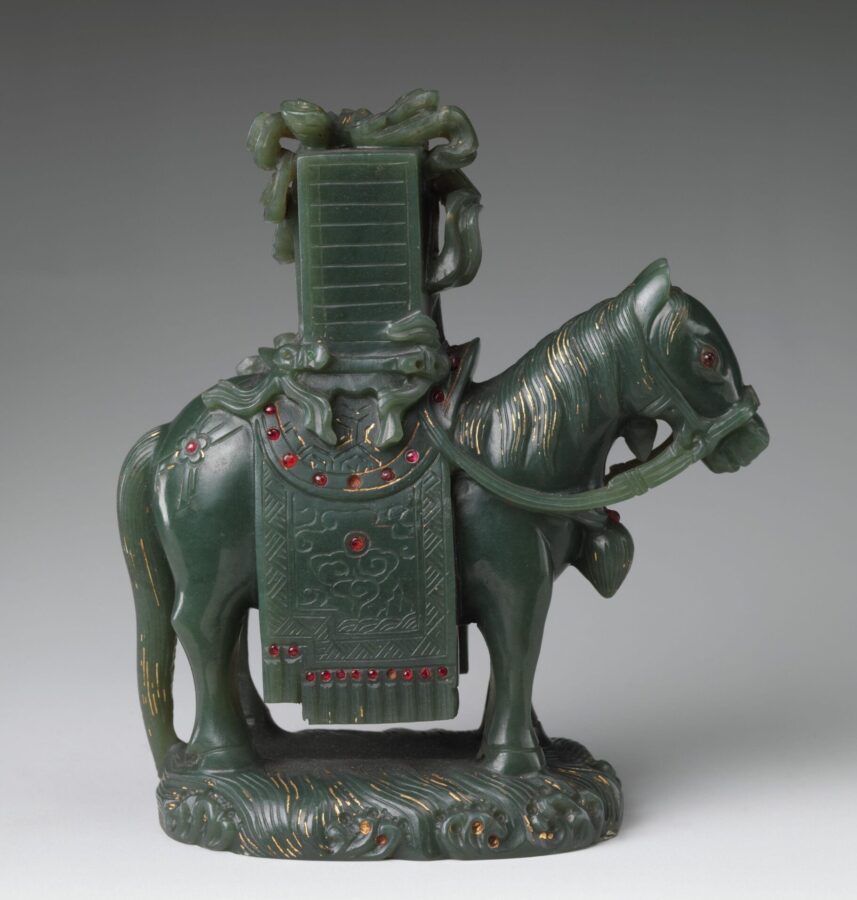
Horse Carrying Books. 18th–19th century. Open: The Metropolitan Museum of Art, Artstor.
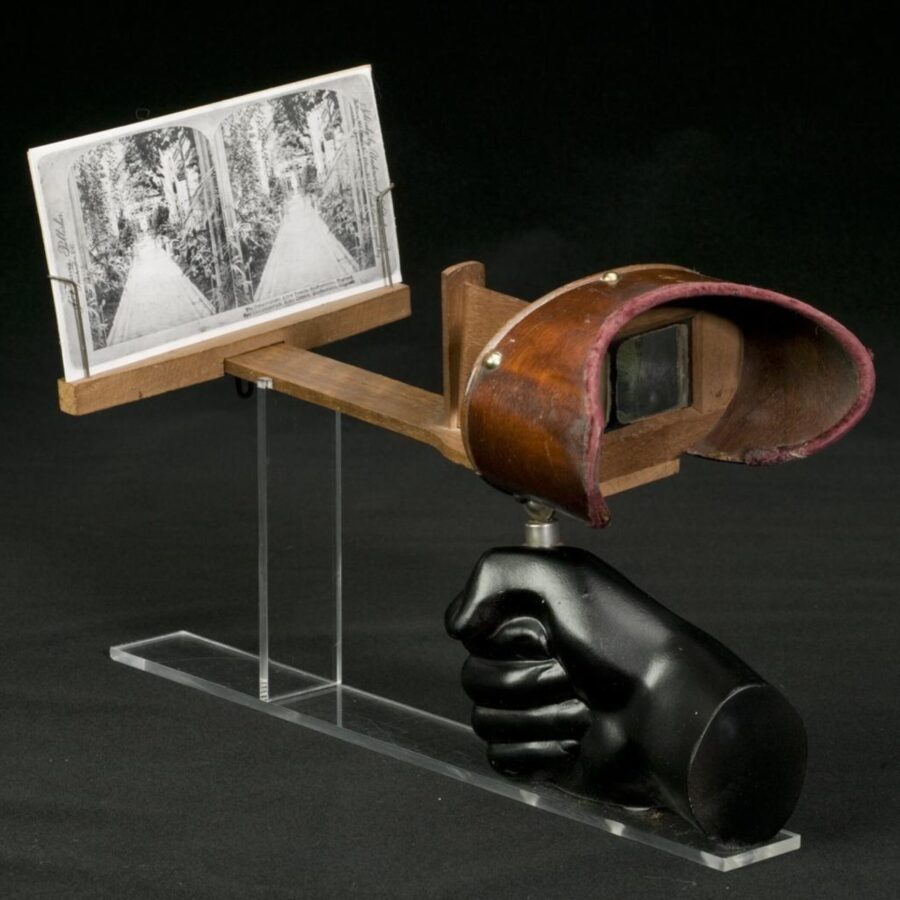
Unknown maker. Hand-Held Stereoscopic Viewer. ca. 1896. Part of Open: Science Museum Group, Artstor.
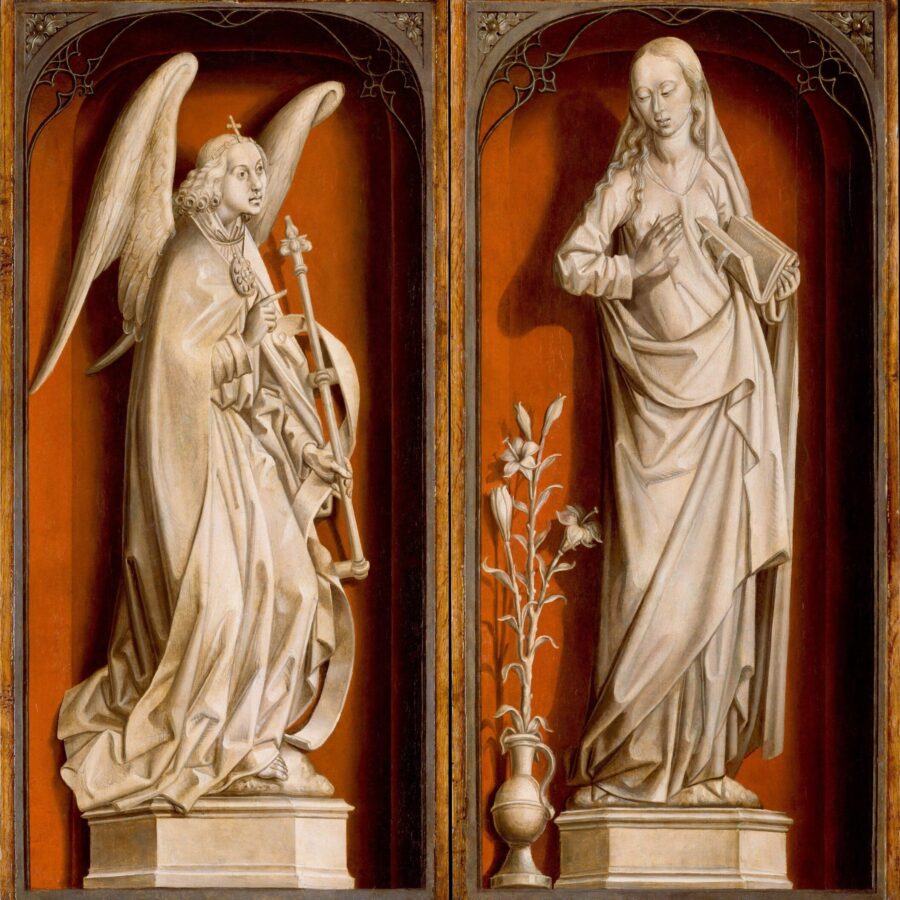
Master of the Saint Barbara Legend. Abner’s Messenger before David; The Queen of Sheba Bringing Gifts to Solomon; The Annunciation. ca. 1480. Part of Open: The Metropolitan Museum of Art, Artstor.
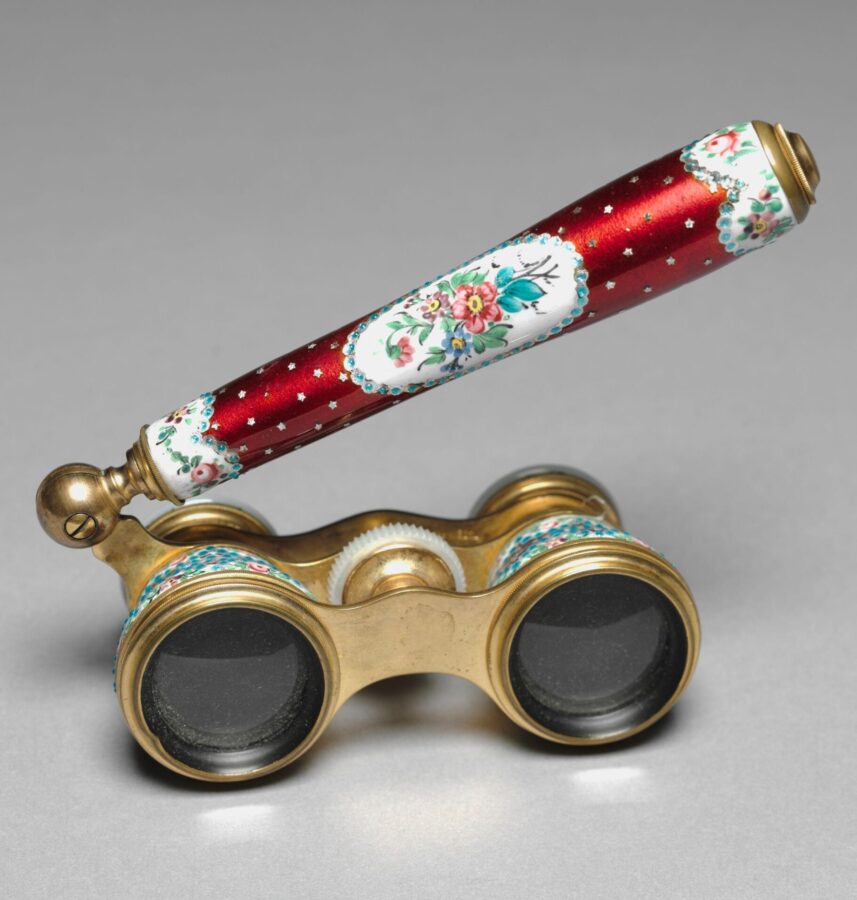
French. Opera Glasses. c. 1900. Part of Open: The Cleveland Museum of Art, Artstor.
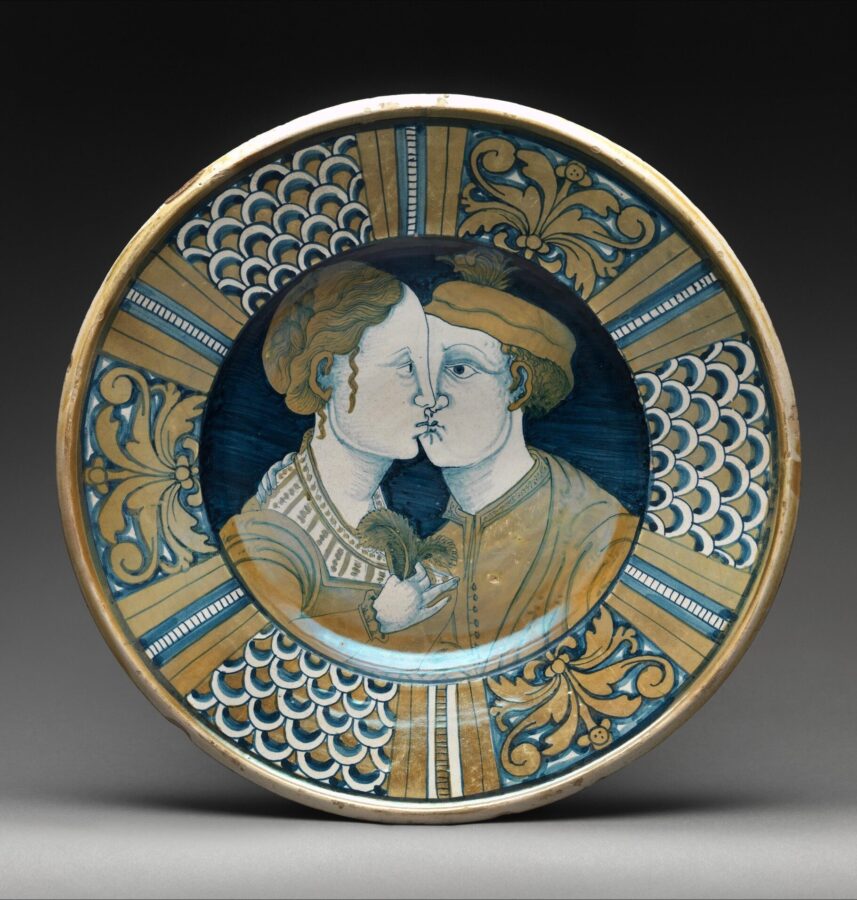
Dish with Two Lovers. ca. 1520-50. Part of Open: The Metropolitan Museum of Art, Artstor.
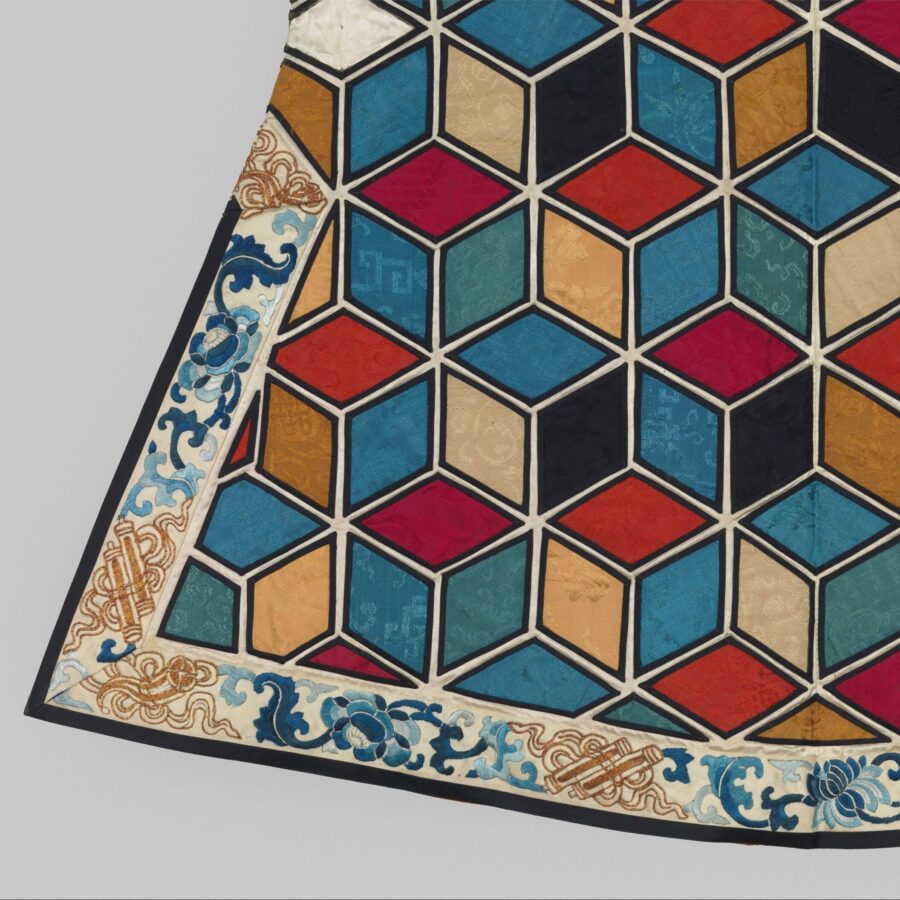
Chinese. Woman’s Theatrical Jacket. 19th century. Part of Open: The Metropolitan Museum of Art, Artstor.
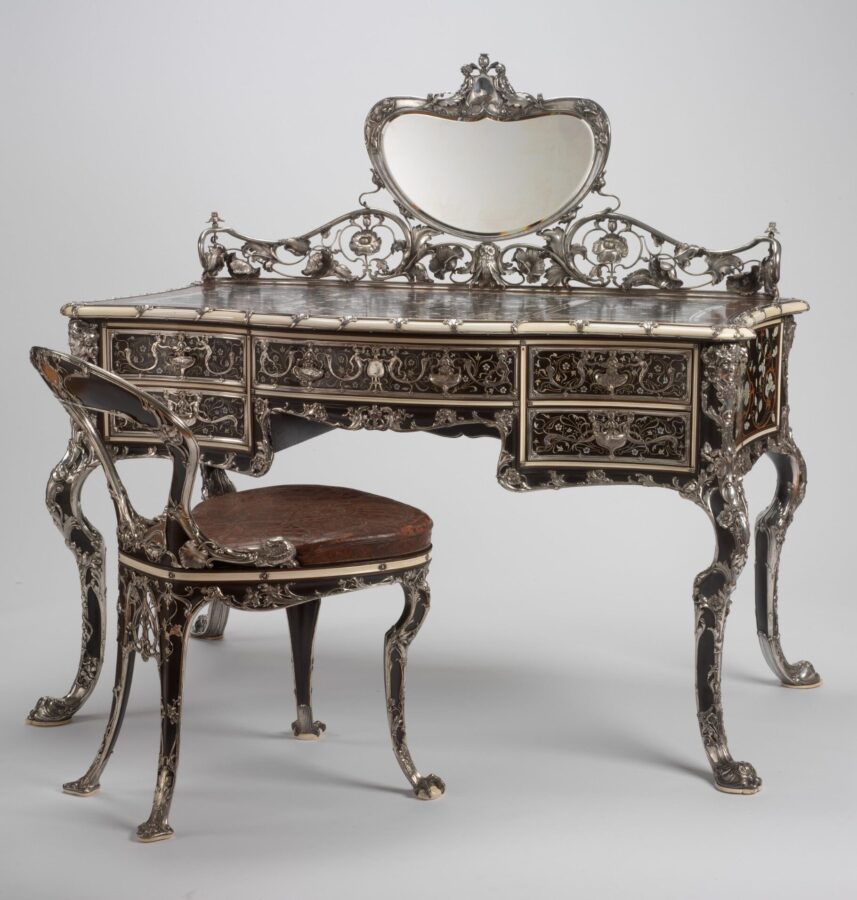
Gorham Manufacturing Company. Lady’s Writing Table and Chair. 1903. Part of RISD Museum (Rhode Island School of Design), Artstor.

Leonardo da Vinci and Fra Luca Pacioli. Divina Proportione. June 1, 1509. Part of Open: The Metropolitan Museum of Art, Artstor.
*The number of images available varies by country due to copyright restrictions.
Get access
Bring Artstor on JSTOR to your institution
Give your faculty, students, and researchers access to more than 2 million rights-cleared images and multimedia—integrated with JSTOR’s trusted scholarly content. Discover a unified platform for teaching, research, and visual literacy.
Note: Items marked with * are required.




